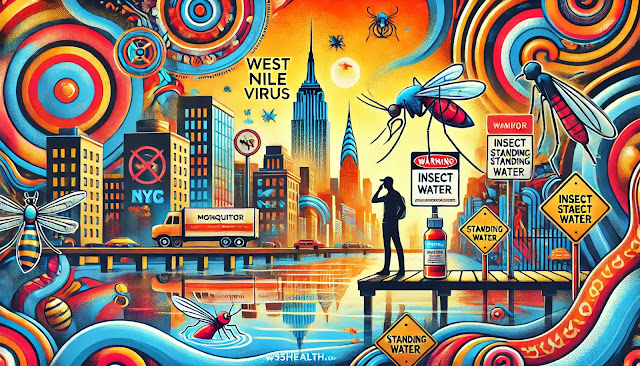Colorado Poultry Workers Face Increased Bird Flu Risk: CDC’s Response and Recommendations
Recently, Colorado has seen an uptick in bird flu (H5N1) cases among poultry workers, drawing attention from the Centers for Disease Control and Prevention (CDC). This situation is part of a broader outbreak affecting poultry and dairy cows across multiple states in the U.S. Since early 2024, several human cases have been reported, primarily linked to exposure in dairy farms and poultry facilities.
Public Health Risk and Monitoring
Although the overall public health risk remains low, the CDC is closely monitoring the situation. The agency employs robust flu surveillance systems to detect any unusual influenza activity in people. Thus far, no significant anomalies have been observed in the general population.
Protective Measures for Workers
The CDC has emphasized the importance of protective measures for farm workers who are at a higher risk due to their direct contact with potentially infected animals. Key recommendations include:
- Avoiding exposure to sick or dead birds and other animals.
- Using personal protective equipment (PPE) when handling animals or materials that could be contaminated with the H5N1 virus.
- Avoiding consumption of raw milk and ensuring proper food handling practices.
To raise awareness and educate farm workers, the CDC has launched outreach campaigns through social media platforms, including Facebook and Instagram, providing information in multiple languages about the risks and preventive actions.
CDC’s Ongoing Efforts
The CDC is actively supporting state health departments in monitoring individuals who have been exposed to infected animals. This includes testing those who develop flu-like symptoms and ensuring confirmatory testing when necessary. The agency is also involved in genetic sequencing and characterization of the virus to understand its potential for human transmission and to assess the effectiveness of existing vaccines and antiviral treatments.
While the H5N1 bird flu poses a limited risk to the general public, it remains a significant concern for those working in close proximity to poultry and other livestock. Adhering to CDC guidelines and taking appropriate protective measures can help mitigate the risk of infection. The situation continues to evolve, and the CDC is committed to providing timely updates and support to affected communities.






